How to implement smart chlorine monitoring
Why monitor chlorine in municipal water?
Ensuring safe, high-quality drinking water is essential for protecting public health. Chlorine plays a crucial role in disinfecting water supplies by eliminating harmful pathogens.
However, maintaining the proper chlorine concentration is crucial; excessive levels can lead to undesirable tastes and potential health concerns, while insufficient amounts might fail to disinfect effectively.
Continuous and accurate monitoring of chlorine levels is vital to meet regulatory standards and ensure water safety.
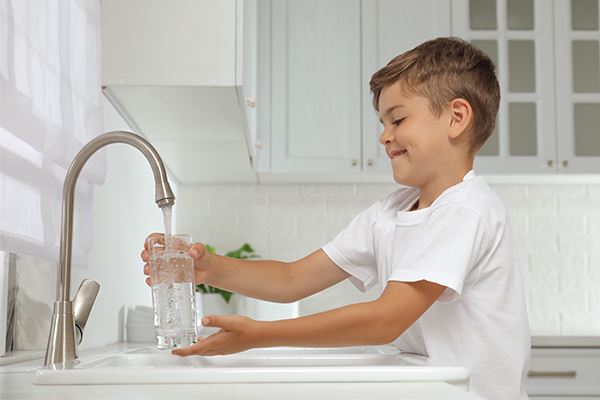
Chlorine disinfection plays a crucial role in ensuring clean, safe water supplies
Meet the FCML/TCML amperometric sensor
YSI’s amperometric chlorine sensors deliver real‑time, reagent‑free monitoring of free or total chlorine in distribution or treatment processes. Utilizing advanced amperometric measurement technology, this sensor provides precise and continuous measurements, ensuring that chlorine levels remain within the desired range for effective disinfection without compromising water quality.
When combined with other key parameters—such as pH, ORP, and conductivity—on the YSI Water Monitoring Panel, operators gain a holistic view of water quality. This helps ensure safe water delivery at both the plant effluent and throughout the distribution network.
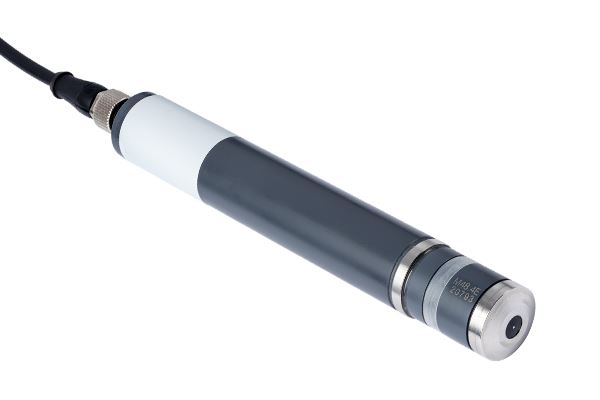
FCML 412-M12-X amperometric chlorine sensor
Key features:
- High sensitivity: Detects trace levels for early warning protection.
- Versatile measurement ranges: Available in three variants to suit different monitoring needs:
|
Model
|
Measurement range (mg/L Cl2)
|
Limit of detection (mg/L Cl2)
|
Resolution (mg/L Cl2)
|
Accuracy
|
|
FCML 412-M12-2
|
0 to 2
|
0.005
|
0.001
|
< 1% up to 2 mg/L
|
|
FCML 412-M12-20
|
0 to 20
|
0.05
|
0.01
|
< 1% up to 16 mg/L
|
|
TCML 412 M12-2
|
0 to 2
|
0.005
|
0.001
|
< 1 % up to 2 mg/L
|
- Chemical-free operation: No reagents, no waste, reduced operational costs.
- Easy maintenance and calibration: Designed for straightforward upkeep, minimizing downtime and ensuring long-term reliability.
Commissioning essentials
Proper commissioning is essential to protect data quality and sensor life. A well-commissioned sensor is far less likely to experience measurement drift, calibration errors, or signal instability—issues that can interrupt operations and compromise data quality.
Taking the time to follow each step during initial setup not only protects your investment but also maximizes sensor performance from day one.
The following sections outline the key steps for successful commissioning and the theory of operation behind amperometric sensors in general.
What is the role of an electrolyte solution in amperometric measurement technology?
In an amperometric chlorine sensor, the electrolyte solution plays a crucial role in enabling the sensor to accurately detect and measure chlorine levels. The electrolyte is a conductive liquid that transports ions between the sensor's electrodes, completes the circuit, and produces the current that an amperometric sensor converts directly into chlorine concentration.
Chlorine diffuses through the membrane
The sensor has a semi-permeable membrane that allows free chlorine (or hypochlorous acid) to pass through while keeping out larger particles and other interfering substances.
Chemical reaction in the electrolyte
Once chlorine diffuses into the sensor, it reacts electrochemically at the working electrode (usually a gold or platinum surface). Inside the electrolyte solution:
- Chlorine is reduced (gains electrons) at the electrode surface.
- This reaction produces an electrical current proportional to the chlorine concentration in the water.
Reference and counter electrodes stay stable
The electrolyte also helps maintain a stable environment for the reference and counter electrodes, which are essential for producing consistent and accurate measurements over time.
Filling the membrane cap with electrolyte for YSI’s Sensor
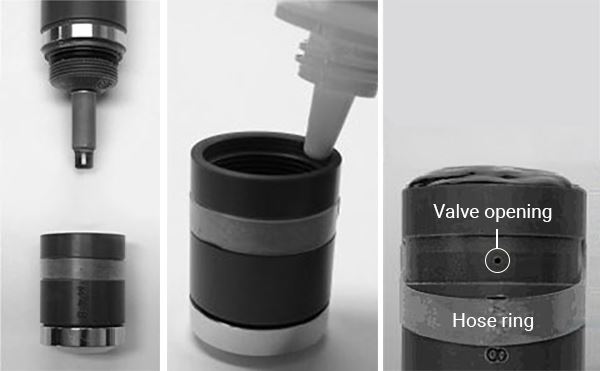
Filling the membrane cap with electrolyte solution
- Remove the membrane cap
Unscrew the membrane cap from the electrode shaft and place it on a clean, non-absorbent surface.
- Fill with electrolyte solution
Cut the tip off the dropper bottle to reveal the opening. Carefully fill the membrane cap to the brim with electrolyte solution, making sure there are no air bubbles.
- Expose the valve opening
Gently lift the hose ring on the membrane cap from the side to expose the valve opening.
- Attach the sensor shaft
Hold the sensor shaft vertically and slowly lower it onto the filled membrane cap. Some electrolyte may overflow—this is normal.
- Secure the membrane cap
Screw the electrode shaft firmly into the membrane cap.
- Seal the valve opening
Using a blunt object (like a pen), press the hose ring evenly back into the groove to seal the valve opening securely.
- Rinse excess electrolyte
Rinse off any electrolyte that spilled on the outside of the sensor using clean water.
Connect and initialize on IQ SensorNet
Initializing an amperometric chlorine sensor is the first step in integrating it into a smart monitoring network—one that goes far beyond simple data display.
When paired with a robust platform like YSI’s IQ SensorNet controllers (2020 3G or 282/284), proper initialization unlocks powerful capabilities that streamline operations and reduce downtime.
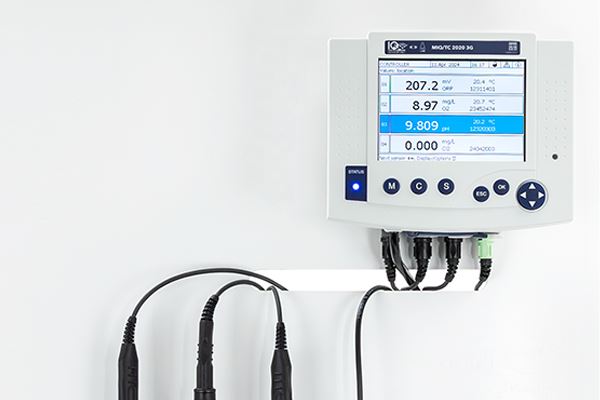
IQ SensorNet 2020 3G controller
Why a smart network?
In this section, we’ll outline the benefits of using a smart monitoring network and the steps required to correctly initialize your sensor so it can fully leverage the intelligence and efficiency of a connected water quality monitoring system.
Beyond simply displaying readings, connecting an amperometric chlorine sensor to a robust controller network, like YSI’s IQ SensorNet, offers a range of operational and efficiency benefits.
- Accurate signal conversion & real-time visualization
IQ SensorNet controllers convert raw current from the sensor into a readable chlorine concentration (e.g., mg/L) and display values instantly on a digital interface for onsite monitoring.
- Data logging & compliance support
Controllers automatically store historical data, making it easier to meet regulatory requirements, prepare for audits, and analyze performance trends for process optimization.
- Seamless system integration
Equipped with multiple communication protocols, IQ SensorNet controllers integrate easily with SCADA and PLC systems, enabling full-plant automation and centralized control.
- Automated alerts & process control
Users can set custom alarm thresholds for high or low chlorine levels. Based on real-time data, these alerts can trigger automatic actions, such as starting a pump, opening a valve, or shutting down a system.
- Guided maintenance & diagnostics
IQ SensorNet platforms also serve as centralized hubs for sensor maintenance, often including step-by-step guides and prompts tailored to each connected sensor, helping teams stay proactive and minimize downtime.
IQ SensorNet controllers can manage multiple sensors (pH, conductivity, DO, etc.) for a complete water quality snapshot in one system.
How to connect and initialize YSI’s Amperometric sensor
- Connect to IQ SensorNet: Attach the sensor to an IQ SensorNet MIQ/IDS module using the ADA Cl/IDS adapter cable
- Sensor type selection: Power on the controller and select the appropriate sensor type corresponding to your model in the settings of “Sensor” menu.
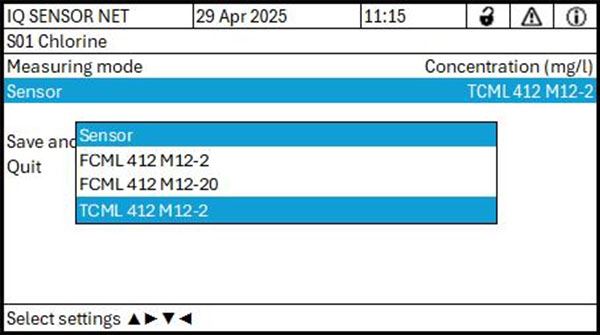
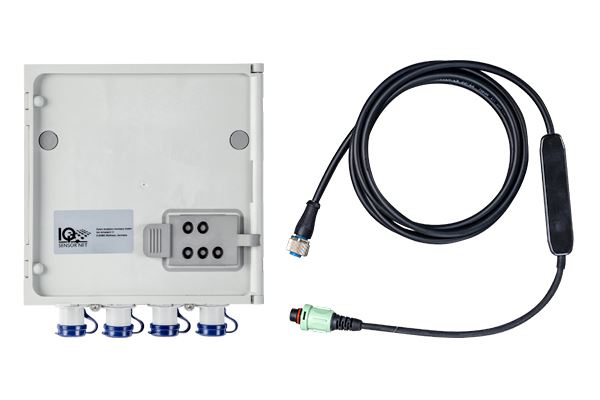
IQ SensorNet MIQ/DIS module and ADA Cl/IDS adapter
Polarization, conditioning, and calibration
What is polarization, and why is it so important?
Polarization is the process of applying a fixed voltage between the sensor's electrodes to establish the correct electrochemical conditions for measurement. In essence, this is the time the sensor needs to stabilize its internal chemistry before it can produce accurate readings.
Polarization ensures the sensor’s electrodes reach a stable electrochemical state before beginning measurement. Without proper polarization, the sensor may give inaccurate readings or drift significantly over time.
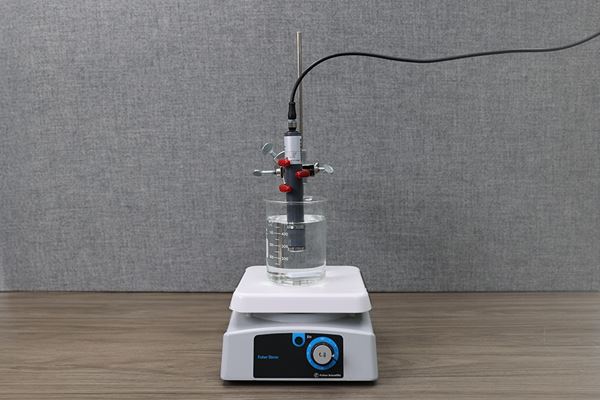
During polarization, the controller applies a specific voltage between the working and reference electrodes. This voltage enables electrochemical reactions—specifically, the reduction of chlorine—at the working electrode. The sensor current stabilizes, and a baseline is established that corresponds to “zero chlorine” or a known value. In the case of YSI’s amperometric sensors, the value is above 5 mg/L.
What is conditioning, and why is it important?
After polarization, the sensor should be placed in the actual sample water, where it will take real measurements. It should soak in the process sample for a minimum of 20 minutes.
The sensor needs time to adjust to the chemical environment of your water: pH, temperature, ionic strength, and background compounds can all slightly influence the sensor’s response.
This helps stabilize the signal before calibration and ensures you're calibrating under the same conditions the sensor will measure in.
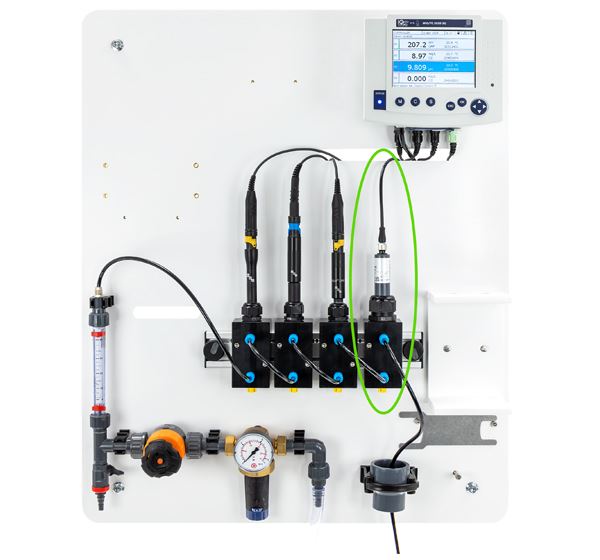
YSI Water Monitoring Panel with FCML sensor circled
Fine-tuning the initial calibration
With amperometric sensors, a calibration should be performed after conditioning. Once the sensor has equilibrated in the sample water, perform a single-point or two-point calibration using a reference method. This aligns the sensor's output to an actual, known chlorine concentration for the most accurate readings.
For better performance, it is recommended to do a follow-up calibration 24 hours later, after the sensor has fully settled into its environment. This helps correct for any small drifts from initial conditioning.
Procedure for the YSI’s amperometric sensors
- Polarization
- Immerse the connected sensor in a well-stirred chlorine solution with at least 5 mg/L concentration for one hour to ensure proper polarization.
- Conditioning
- Place the initialized sensor into the D19 flow cell of the YSI Water Monitoring Panel.
- Ensure the sensor is correctly positioned in the water flow (as indicated by the marking on the label) and maintain a minimum flow rate of 15 L/h for accurate measurements.
- Allow the sensor to soak in the water for approximately 20 minutes before performing the initial calibration.
- Calibration
- Complete the initial calibration of the sensor following these 13 steps:
-
-
- On the IQ SensorNet controller, highlight the chlorine measurement.
- Press to initiate the calibration process.
- The sensor enters maintenance condition (outputs hold their last value).
- Follow the on-screen prompt:
- “Reference voltage is determined. Take a sample now.”
- Immediately collect a water sample from the same location.
- Determine the chlorine concentration of the sample using a lab reference method (e.g., DPD).
- After obtaining the reference value, return to the controller.
- Press again.
- When prompted, choose:
- Use the arrow keys to enter the chlorine concentration from your lab result (in mg/L).
- Press to confirm.
- A message will confirm: “Calibration done.”
- Press to return to the main display.
- Manually switch off maintenance mode via the menu (as detailed in the IQ SensorNet system manual).
-
- Conduct a recalibration after approximately 24 hours to ensure measurement accuracy.
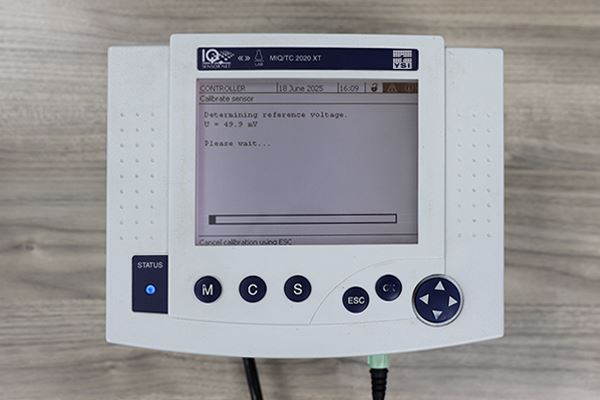
Calibration screen on the IQ SensorNet 2020 3G
Routine maintenance for optimal performance
No sensor is truly maintenance-free, no matter what anyone tells you. While proper commissioning lays the foundation for accurate and reliable data, regular maintenance is what keeps an amperometric chlorine sensor performing at its best.
Routine care helps prevent drift, extend the life of the instrument, and ensure dependable measurements over time. By adopting a proactive maintenance schedule, utilities can remain confident in the data their sensors provide day in and day out.
By adhering to the following maintenance practices, water utilities can ensure the FCML/TCML sensor continues to provide reliable data, supporting the delivery of safe and high-quality drinking water to communities across the United States.
Proactive maintenance procedures for the FCML/TCML sensor
|
Task
|
Frequency
|
Purpose
|
|
Routine calibration
|
Every 1-2 months
|
Correct minor drift, maintain measurement accuracy
|
|
Electrolyte replacement
|
Every 6 months
|
Maintain ion transport and consistent sensor performance
|
|
Membrane cap replacement
|
Annually
|
Maintain optimal response time and sensor performance.
|
Key takeaway
Reliable disinfection starts with reliable data. By pairing the reliable FCML/TCML amperometric sensor with the intelligent IQ SensorNet platform, utilities gain continuous, highly accurate chlorine insight—plus the automation, diagnostics, and record‑keeping needed to meet today’s regulatory and operational demands. Commission the sensor carefully, follow simple preventive maintenance, and you’ll secure years of worry‑free performance and safer water for the communities you serve.
To learn more about YSI's water quality monitoring solutions, contact our team of water quality experts for a free 1-hour consultation.
